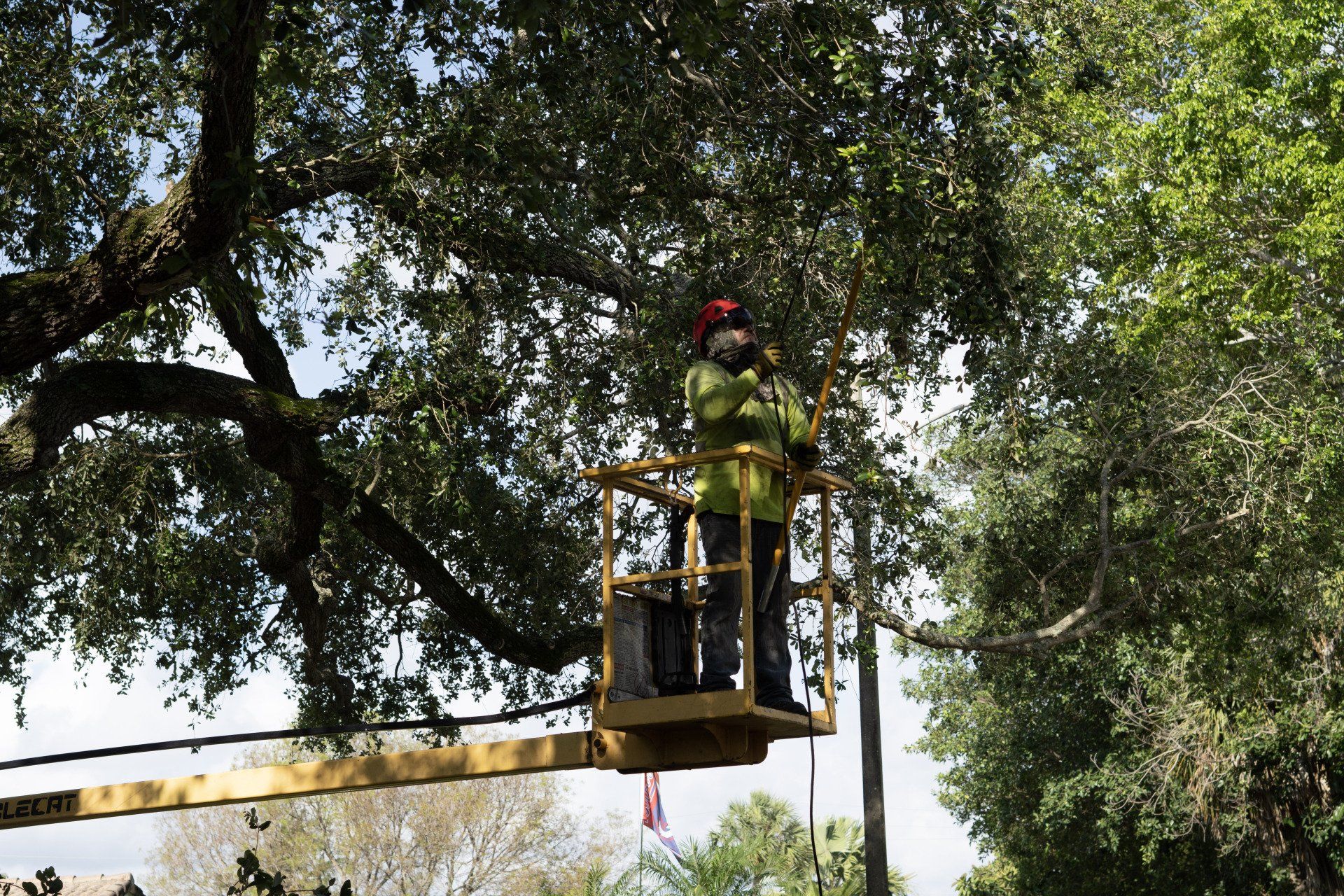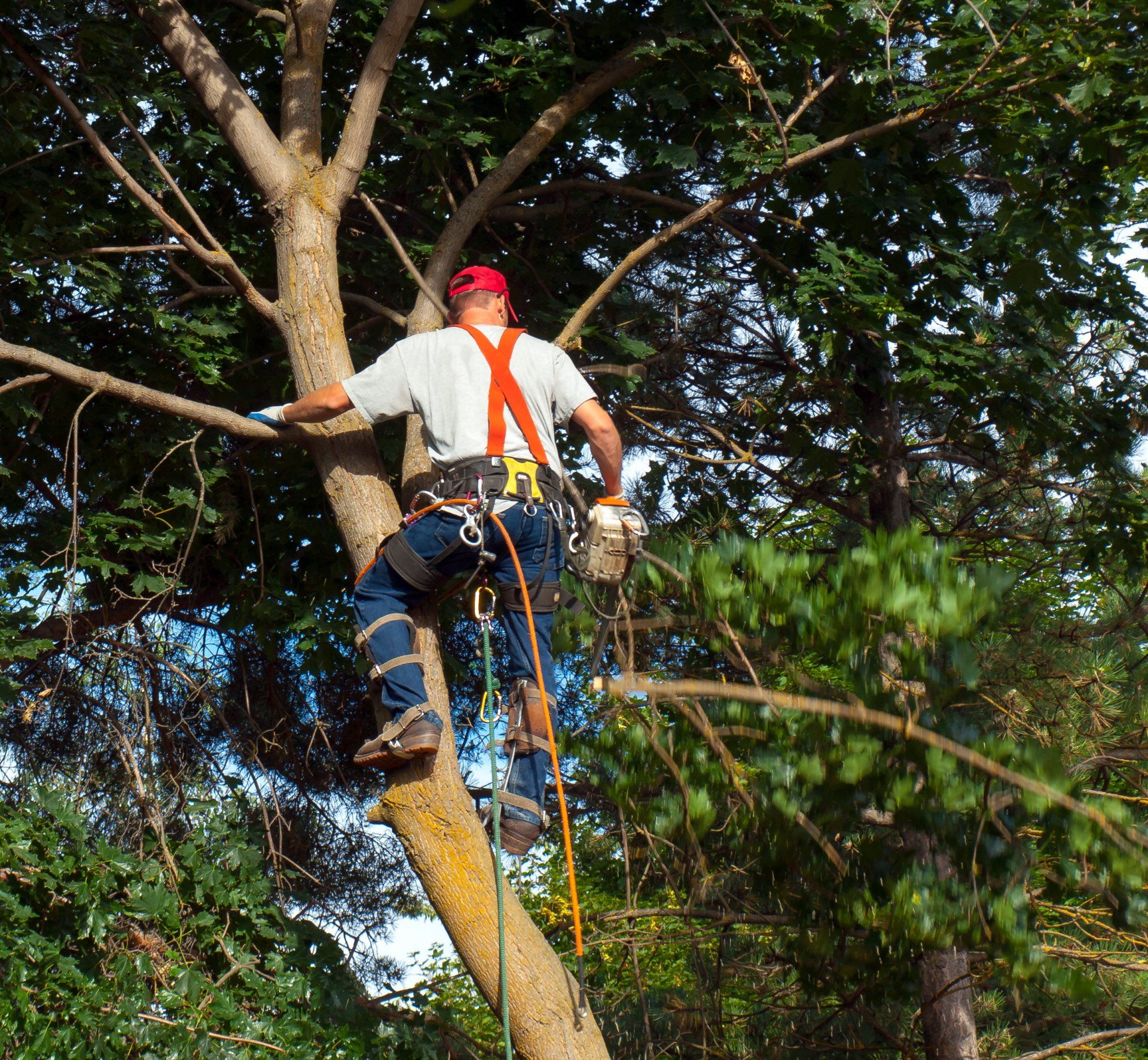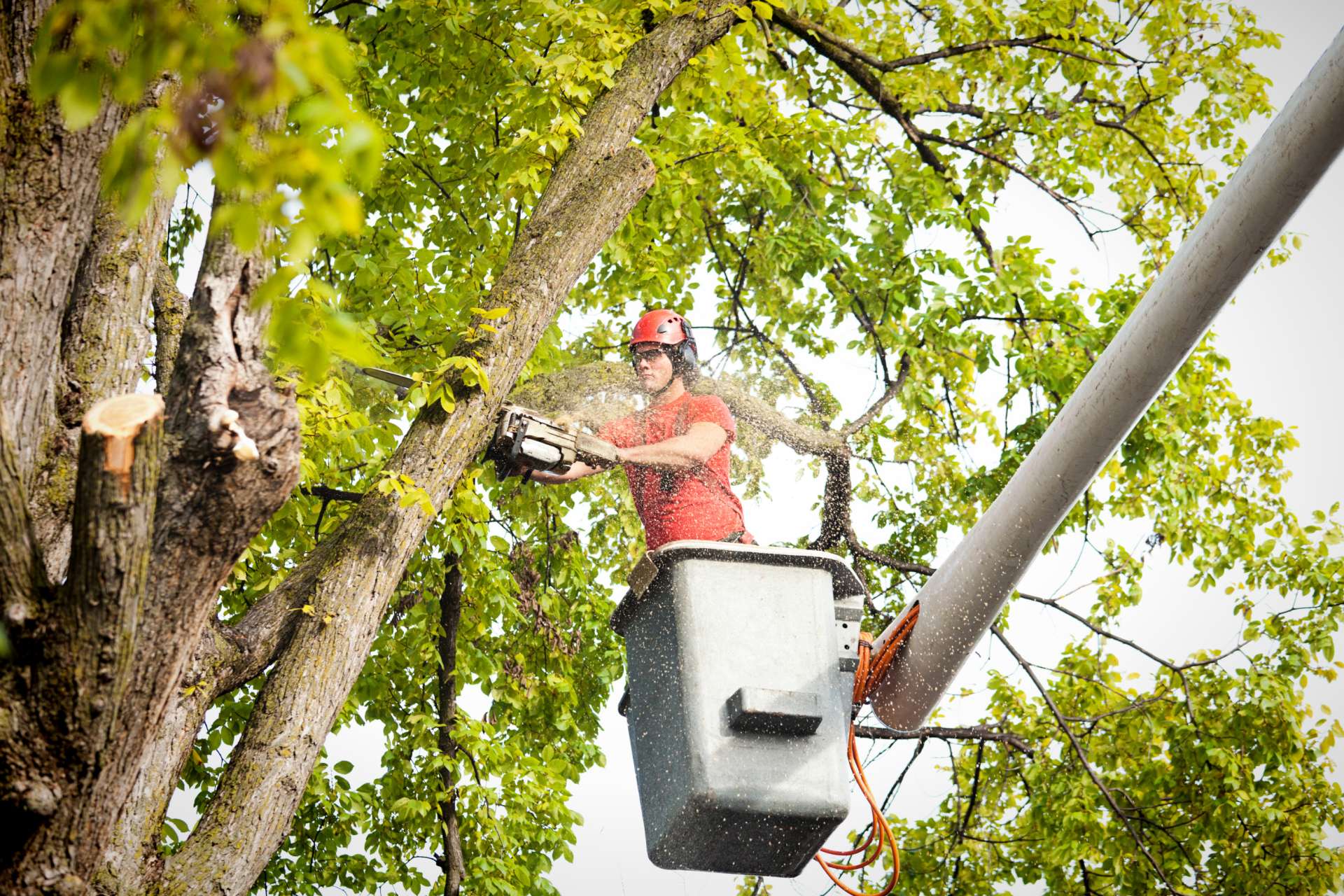What is Pruning? The Importance & Benefits of Tree Pruning
PUBLISHED ON
SHARE THIS ARTICLE

Pruning is one of those topics that can be confusing for a lot of people. What is tree pruning? Why do I need to do it? How often should I do it? These are all valid questions!
In this post, we'll break down what pruning is, why you should do it, and how often you should tackle this important task. Stay tuned – by the end of this post, you'll be a pro at pruning your trees!
Pruning, Defined
Pruning is the process of selective removal of parts of a plant, such as branches, buds, or roots. While it may seem like a destructive process, pruning is actually essential for the health of many plants. By removing dead or diseased tissues, pruning helps to encourage new growth and prevent the spread of disease.
Pruning can also help to shape a plant, control its size, and increase its resistance to wind and snow damage. While pruning may seem like a daunting task, it's relatively easy to learn with a little practice. With the proper tools and techniques, anyone can become an expert at tree pruning.
Tree Trimming vs Tree Pruning

Many people believe that tree trimming and tree pruning are one and the same. However, there is a big difference between the two practices.
Tree trimming is the process of removing dying or dead branches from a tree. This is typically done for aesthetic reasons or to improve the tree's shape. Tree pruning, on the other hand, is the process of carefully crafting the tree's growth. This is often done to remove dangerous branches or to encourage the tree to grow in a certain direction.
Both
tree trimming and tree pruning are important practices, but they serve different purposes. As a result, it's important to know when each one should be used.
Benefits of Pruning for Trees
Tree pruning is a vital part of tree care. By pruning, you can improve the tree's health, appearance, and safety. Here are some of the benefits of pruning:
- Pruning can help to improve the tree's health by removing overgrown branches as well as damaged branches. This allows the tree to direct its energy toward healthy growth.
- Pruning can also help to improve the tree's appearance by shaping it and controlling its growth. This can make the tree more aesthetically pleasing and increase its value.
- Finally, pruning can also help to increase the tree's safety by removing dead or broken branches that could potentially fall and cause damage or injury.
Pruning is a critical part of tree care, and there are many benefits to doing it regularly. By pruning, you can help to improve the health, appearance, and safety of your tree.
The Basics of Pruning Trees

Any tree expert will tell you that pruning is an essential part of tree care. Not only does it help to keep trees healthy and vigorous, but it can also spring growth and promote the formation of strong branches. However, pruning is not a simple task. There are a few basic principles that all gardeners should keep in mind when pruning a tree.
First, prune for the health of the tree. Remove diseased branches or unwanted branches, as well as any that are rubbing against each other or growing in an abnormal direction.
Second, prune for shape. Not all trees need to be pruned for aesthetics, but if you want your tree to have a certain shape, pruning can help you achieve that goal.
Finally, prune for size. If a tree is too large for its location, you can eliminate branches help to control its growth and keep it from becoming a nuisance.
Pruning Techniques for Different Types of Trees
Trees add beauty and value to our homes and properties. They also provide important environmental benefits, such as cooling our homes in summer, cleansing the air we breathe, and stabilizing the soil. But to keep trees healthy and looking their best, they occasionally need a little pruning.
The type of pruning required depends on the type of tree. For example, the most deciduous trees and shade trees, which lose their leaves in winter, are best pruned in late winter or early spring before new growth begins. This prevents damage to the buds that will produce the tree's leaves, flowers, and fruit.
Young trees, which are still establishing themselves, should be pruned to encourage strong growth. This means removing branches that're growing in an abnormal direction or that are rubbing against each other. The tree's central leader (the main stem) should also be pruned to promote a strong, healthy structure.
On the other hand, evergreen trees, which retain their needles year-round, can be pruned at any time of year except late summer or early fall. This is because pruning at this time can stimulate new growth that may not have enough time to harden off before winter cold sets in.
By following these simple tips and using the right pruning equipment, you can keep your trees healthy and looking great for years to come.
The Best Time to Prune a Tree
The best time to prune a tree in Florida is from late fall to early winter. This is because the trees are dormant during this time, which means they are not actively growing. As a result, pruning will not cause as much stress to the tree and will allow it to heal more quickly.
Additionally, pruning during this time of year can help to prevent damage from hurricanes and other severe weather events. But, it's important to note that not all trees should be pruned at this time of year.
Trees that bloom in the spring, such as azaleas and magnolias, should only be pruned after the flowering season. Otherwise, you risk damaging the buds and affecting the blooming process.
Ready Your Pruning Shears, It's Time to Prune Trees!
Now that you know all about tree pruning, it’s time to put your knowledge into practice.
But if pruning tree branches is not your thing or you don’t have the time, you can always count on the professionals at Real Tree Trimming & Landscaping, Inc. We are experts in all things related to trees and we would be more than happy to help you out. Contact us today for a free quote!
Want a free quote or some friendly advice? Call our team today:






